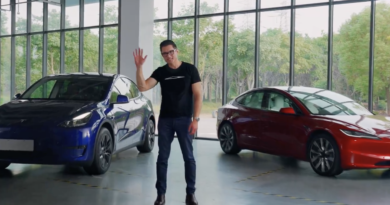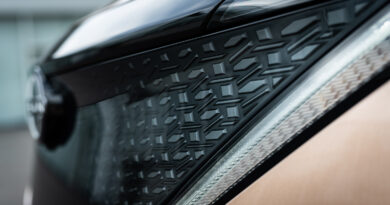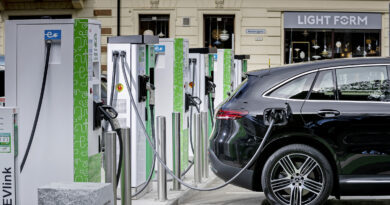Nissan e-Power hybrid tech explained
Nissan’s e-Power tech is headed for Australia in the next-generation Qashqai and X-Trail, but what exactly is it?
Simply, it’s a hybrid system that puts more emphasis on the electric motor. It’s not ICE-centric, like the others.
This means a Nissan with e-Power won’t drive just like a Toyota Hybrid. But Nissan isn’t adopting e-Power just to be different. Their system also makes a lot of sense.
READ MORE: Nissan Patrol to shun hydrogen to focus on e-Power
READ MORE: Imminent hybrid push with e-Power for Nissan Australia
READ MORE: e-Power hybrid for new 2022 Nissan Qashqai
Firstly, e-Power has the potential to deliver a superior driving experience, with smoothness and snappiness to equal an EV. Secondly, it should allow Nissan to produce both e-Power hybrids and EVs that are less costly.

This is series…
What makes e-Power unusual is that it’s a series hybrid. In this layout the wheels are driven only by an electric motor or motors. Volts and amps are provided by an ICE-powered generator, or a small-ish battery pack, or both of these working together.
In a parallel hybrid, the more common kind, the wheels are driven by an ICE, or an electric motor, or both of these working together. It’s the layout favoured by many manufacturers, from Hyundai and Honda to Mercedes-Benz and Porsche.
Toyota’s system blends characteristics of both series and parallel hybrid tech, but this technical weirdness hasn’t stopped them being hugely popular in Australia.
Popularity was never a problem for the Chevrolet-made Holden Volt while it was sold in Australia. Though it was a plug-in hybrid, which e-Power Nissans won’t be, it did operate as a series hybrid in nearly 100 percent of driving situations.

The low-selling version of the BMW i3 EV with range-extender option, no longer in the line-up, is another car powered in a similar way to an e-Power Nissan..
Though the i3 with range-extender was basically an electric car with an on-board recharge point, the only difference between it and e-Power is that Nissan uses a much smaller and less costly battery.
Nissan isn’t yet saying how large the battery packs it plans to install in the coming e-Power versions of the new Qashqai and X-Trail will be, but they won’t be large. And because the battery is small, there’s little point making it capable of being recharged externally.
Hold the ICE cubes
The ICE won’t be big, either. It doesn’t need to be. The ICE’s maximum output doesn’t determine the maximum performance of an e-Power vehicle.
Only the electric motor drives the wheels, remember. When the driver floors the accelerator pedal it sucks electricity from both the battery pack and the ICE-driven generator to deliver maximum power.
With the battery pack able to cover the inevitably brief demands for maximum performance, all the ICE needs to do is provide the average power required by the vehicle over longer periods of driving. So the ICE-driven generator’s maximum output can be less than the maximum output of the vehicle’s electric motor without affecting foot-flat performance. And the lower output of the generator means a smaller ICE can do the job.
But reduced capacity isn’t the only reason the ICE in an e-Power vehicle will be a fuel sipper. The other advantage of this layout is that the ICE can always run in the parts of its rev range where it’s most efficient. This isn’t the case with conventional parallel hybrids or Toyota’s hybrid tech.
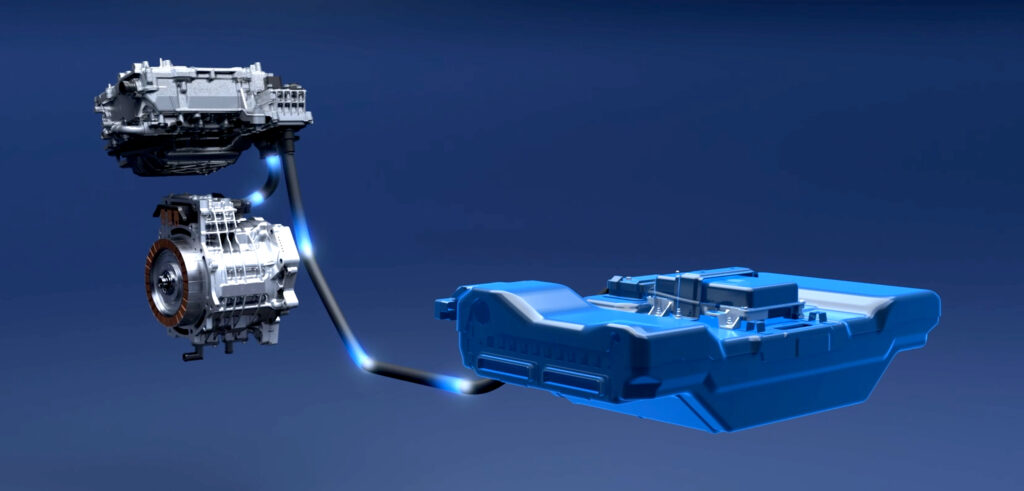
Chevrolet would have liked to develop an engine tailored specifically to suit the Volt, but because they had to rush it into production they had to use an off-the-shelf 1.4-litre GM engine.
Ideally, the ICE in a series hybrid should only run at one speed. Though the e-Power vehicles so far produced by Nissan operate in a range of revs, company engineers are already developing future versions designed to only ever run at a fixed speed, a move that will further improve fuel efficiency.
The e-Power story so far…
Though practically unknown outside Japan, e-Power tech isn’t brand-new. It was introduced there in 2016 in the Note mini-MPV. The technology was popular, and the latest version of the Note, launched 2020, is e-Power only.
To persuade customers of the advantages of e-Power over Toyota’s hybrid tech, some Nissan dealers in Japan reportedly bought second-hand hybrid-powered Note competitors and let potential customers test drive both systems. It was an effective tactic, apparently.
For future e-Power models like the new Qashqai and X-Trail, Nissan plans to upgrade from the non-turbo 1.2-litre triple and 1.5kWh battery pack used in the Note. The move is being driven by the needs of Europe, which has higher motorway speed limits and higher mountains to climb than Japan. Both these mean longer periods where peak performance is demanded are certain to occur.
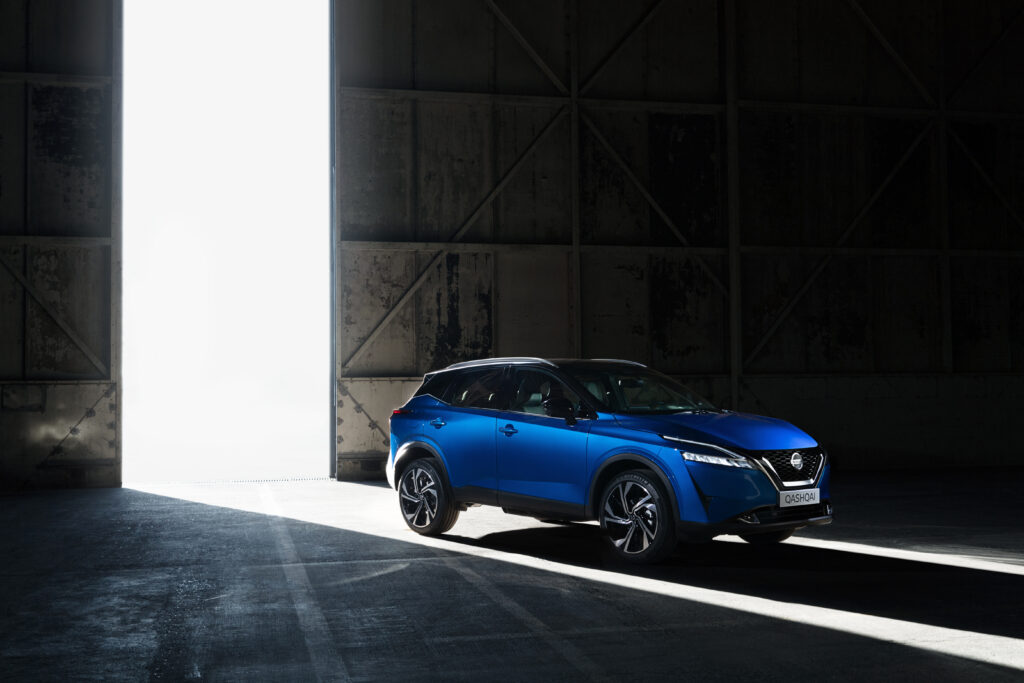
Although Nissan hasn’t revealed many details of the e-Power system planned for the new Qashqai, the company says it will have a 140kW electric motor and a 115kW 1.5-litre ICE featuring the variable compression-ratio tech previously seen in some models from its Infiniti luxury brand.
Production of the e-Power Qashqai will begin in 2022 at Nissan’s big UK plant in Sunderland. This is the same factory that will supply the car to the Australian market.
Our sources in Europe say the price premium for e-Power in the Qashqai will be similar to that for a turbo-diesel ICE compared to a petrol-burner.
This seems reasonable. The design of e-Power means it doesn’t need a costly multi-speed transmission. Instead it uses the same simple single-speed gear as an EV. This saving should cover the added cost of the generator.
As mentioned earlier, the small battery pack won’t add great cost. And by using electric motors already in production for the Leaf, economies of scale should allow Nissan to save on manufacturing costs.
Driving e-Power?
So it’ll be affordable and, theoretically at least, very efficient… but what will an e-Power Nissan be like to drive? We can’t know for sure until we’ve driven one, but understanding how the system works means some safe predictions can be made.
It’ll be more like an EV than you expect, with strong acceleration from standstill, no gear-shifting jolts, and very smooth.
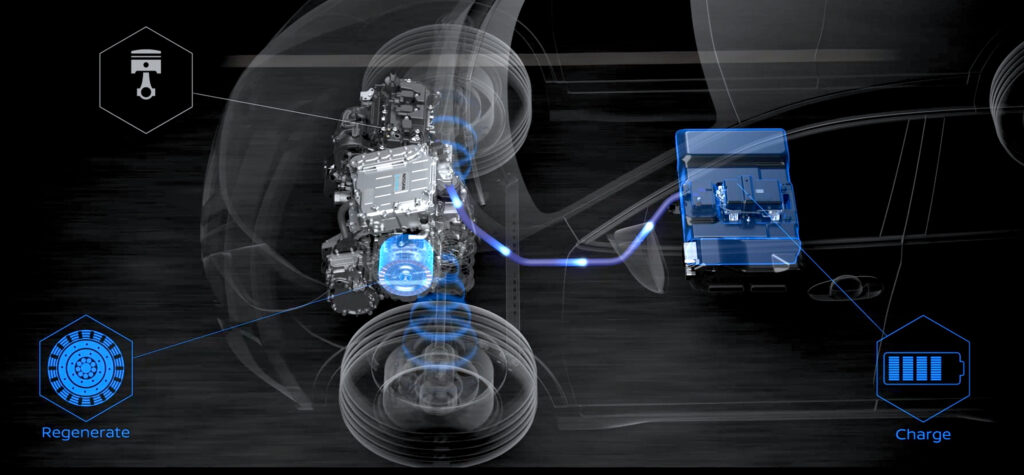
The ICE-driven generator will be audible, obviously. But in town driving it shouldn’t run as frequently as a Toyota hybrid.
Why? Because the powerful electric drive motor required by e-Power is equally powerful during regenerative braking. Especially in slow-moving traffic, this will boost the distance the small battery pack alone can drive the vehicle and reduce the amount of time the ICE-powered generator spends running.
Driving at a constant high speeds, on the other hand, the ICE will have to run constantly, just as in a Toyota hybrid.
Although it’s a little too early to be absolutely certain, it looks like Nissan has a hybrid system to seriously challenge Toyota’s dominance in the affordable hybrid arena…


